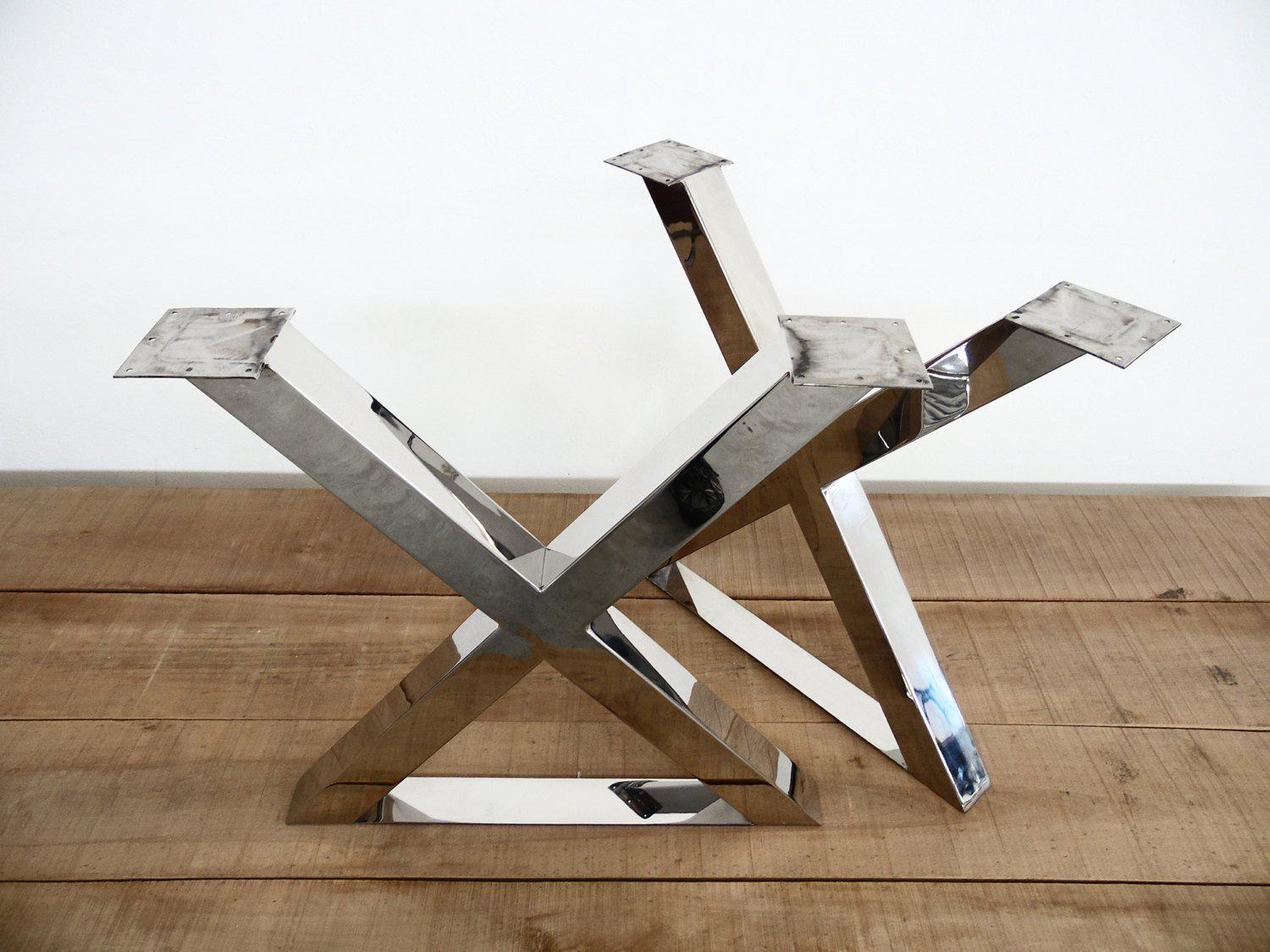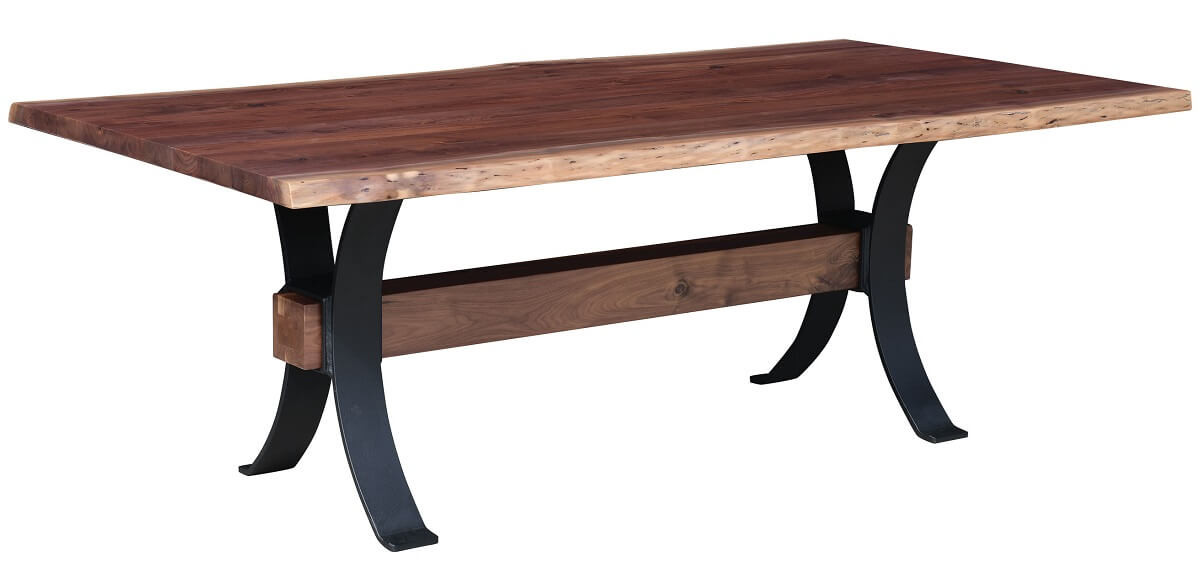Upgrade Your Furniture with Custom Dining Room Table Legs
Upgrade Your Furniture with Custom Dining Room Table Legs
Blog Article
From Traditional to Modern: Locate the Ideal Dining-room Table Legs for Your Style
The selection of dining-room table legs plays a pivotal duty in defining the total character of your space, linking the space in between standard craftsmanship and contemporary appearances. While traditional styles such as cabriole and turned legs evoke a sense of ageless sophistication, modern styles like barrette and geometric alternatives provide an opportunity for striking aesthetic interest. Examining the best equilibrium between these designs calls for a nuanced understanding of your existing design and individual taste. As you take into consideration these elements, the concern continues to be: exactly how can you seamlessly integrate these varied leg styles to produce an unified eating experience?
Recognizing Table Leg Styles
The variety of dining room table leg styles can substantially influence both the aesthetics and functionality of the space. Each leg style contributes unique practical attributes and aesthetic components, satisfying varied style preferences and usage needs. Understanding these designs is important for picking the appropriate eating table that lines up with your overall interior design vision.
As an example, conical legs supply a tidy, timeless appearance that can improve a room's elegance, while stand bases supply stability and maximize legroom, making them suitable for smaller sized areas. Hairpin legs, a characteristic of mid-century modern-day style, introduce a commercial style, permitting a ventilated, open feeling. Trestle legs evoke rustic beauty, supplying robust assistance and a sense of eternity.
Wood legs can bring heat and texture, whereas steel alternatives typically share a sleek, modern ambiance. Ultimately, comprehending table leg designs is important for producing a natural dining area that shows individual design while guaranteeing functionality and convenience.
Traditional Table Leg Options
When choosing dining-room table legs, conventional choices usually embody timeless sophistication and workmanship. These layouts reflect a rich heritage and a commitment to high quality, making them suitable for those that value classic looks.
Among one of the most iconic traditional leg styles is the cabriole leg, characterized by its graceful bent shape. This layout commonly includes attractive carvings and is most typically found in Queen Anne and Chippendale furniture. One more popular choice is the transformed leg, which flaunts a collection of smooth, rounded shapes that supply a timeless appearance while preserving security.
Moreover, the straight leg, while basic, uses a tough and basic framework that can blend perfectly with a range of tabletop styles. For those drawn to ornate detailing, claw-and-ball feet legs stimulate a feeling of majesty and can function as a sensational focal point in any type of dining space.
Finally, stand bases, although not strictly legs, provide an alternative standard option that link enables adequate legroom and can be beautifully carved. Each of these typical leg designs adds to the overall setting of an eating area, marrying feature with aesthetic charm.

Modern Table Leg Styles
Modern table leg designs supply a varied series of designs that emphasize tidy lines and ingenious materials. These layouts commonly prioritize functionality while acting as striking focal points within a dining area. Minimal looks are prevalent, with legs crafted from products such as metal, glass, and crafted wood, which add to a contemporary and airy feeling.
One prominent layout is the hairpin leg, characterized by its slender, conical framework that supplies stability without overwhelming the tabletop (dining room table legs). This style is often located in mid-century modern furniture and can easily match various eating table forms. Another pattern is the use of geometric shapes, where legs might take on angular or asymmetrical kinds, adding aesthetic interest and a touch of artistry

Mixing Designs for Distinct Areas
Often, homeowners look for to create unique dining areas that mirror their individual style by mixing various style components. This strategy permits the incorporation of diverse visual appeals, leading to a harmonious yet unique atmosphere. Coupling a rustic wood table with sleek, modern steel legs can create an attractive contrast that elevates the room's total allure.
Furthermore, incorporating vintage table legs with modern tabletops can evoke a sense of background while maintaining a modern-day sensibility. Such combinations not just display individual taste but also urge imagination, enabling property owners to curate a room that really feels both personal and inviting.
Shade plays a critical role in this blending procedure; choosing table legs that complement or comparison with the existing color design can improve aesthetic rate of interest. For instance, whitewashed legs can soften the daring of a dark table surface area, producing a balanced visual.
Tips for Selecting the Right Legs
Selecting the right table legs is crucial for attaining both performance and aesthetic appeal in your eating area. Begin by thinking about the total design of your area. Typical anonymous settings take advantage of legs that include complex makings or turned styles, while modern rooms may call for smooth, minimal designs.
Following, evaluate the height and stability of the legs. dining room table legs. Conventional table range in between 28 to 30 inches in elevation, so ensure the legs enhance this dimension for comfort. Furthermore, robust materials, such as hardwood or metal, can enhance security and longevity
Review the leg form also-- options consist of right, tapered, or pedestal designs. Straight legs offer a classic look, while conical legs can add a touch of elegance. Pedestal bases give sufficient legroom and are optimal for smaller rooms.
Final Thought
In recap, selecting the suitable eating room table legs needs careful consideration of both modern and traditional designs. By balancing leg style, elevation, and material with the total design, a cohesive and welcoming environment can be achieved.
The range of dining area table leg styles can significantly affect both the appearances and performance of the space. Eventually, understanding table leg designs is vital for developing a cohesive eating area that shows personal style while guaranteeing practicality and comfort.One of the most legendary conventional leg designs is the cabriole leg, characterized by its elegant curved form. Straight legs supply a traditional appearance, while tapered legs can add a touch of style.In summary, choosing the ideal dining area table legs requires cautious factor to consider of both traditional and contemporary designs.
Report this page